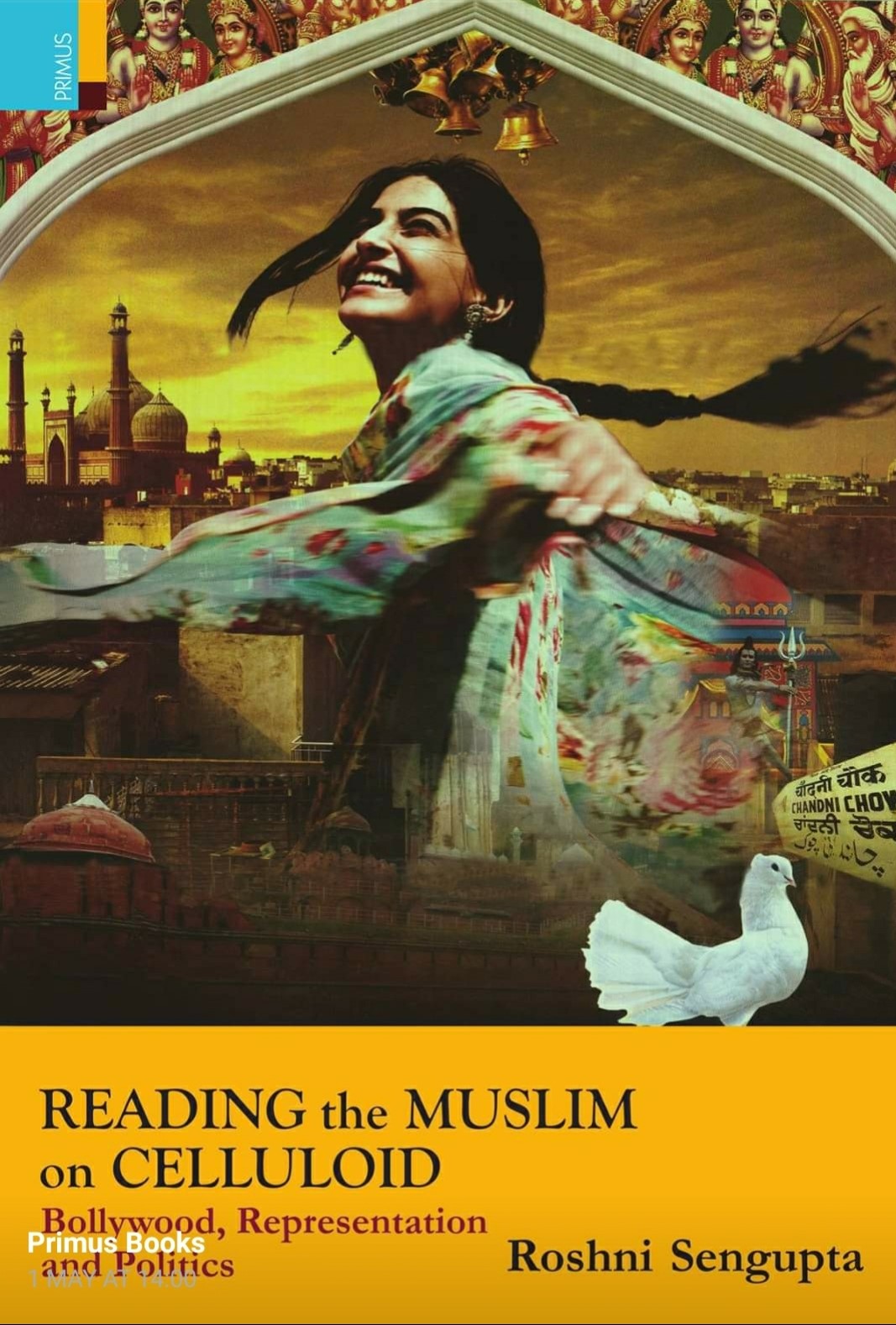Reading the Muslim on Celluloid: Bollywood, Representation and Politics
The question of how religious and sectarian identities are represented in Bollywood, which continues to be part of the psyche of Indians and South Asians the world over, has recently emerged as crucial and complex. The notion of the cinematic representation of identities, particularly of the Muslim as a cultural category, also contains within it ideas about visualities and their impact. As identities are redefined in the context of extremist ideologies, the advent of religious nationalism aids and abets such redefinitions. The contribution of cinema to such an ideological milieu is immense and Hindi cinema, through its romantic narratives and culture of myth-making as well as the capital intensive, industrial nature of its production, has emerged as one of the most powerful tools of political communication and propaganda.
Reading the Muslim on Celluloid: Bollywood, Representation and Politics aims to bring some of these cinematic narratives under the analytical lens and contextualize the representation of the Muslim identity in popular Hindi cinema. It also argues that a noticeable transformation in the representation of Muslims in films through the 1990s and 2000s culminated in the emergence of a secularized portrayal which can be perceived to be problematic. Can one discern an attempt to construct a visual binary where Muslims can be categorized as ‘good’ and ‘bad’? Does Hindi cinema perceive the Muslim through an overly simplified worldview of loyalty and nationalism? This book seeks to answer some of these difficult questions.
Reading the Muslim on Celluloid: Bollywood, Representation and Politics aims to bring some of these cinematic narratives under the analytical lens and contextualize the representation of the Muslim identity in popular Hindi cinema. It also argues that a noticeable transformation in the representation of Muslims in films through the 1990s and 2000s culminated in the emergence of a secularized portrayal which can be perceived to be problematic. Can one discern an attempt to construct a visual binary where Muslims can be categorized as ‘good’ and ‘bad’? Does Hindi cinema perceive the Muslim through an overly simplified worldview of loyalty and nationalism? This book seeks to answer some of these difficult questions.

Publisher
Primus Books Pvt. Ltd.
ISBN
978-93-89850-87-1
Published
2020
Specialisation
Humanities
Theme
Society
Media
Art and Culture
Region
South Asia
India